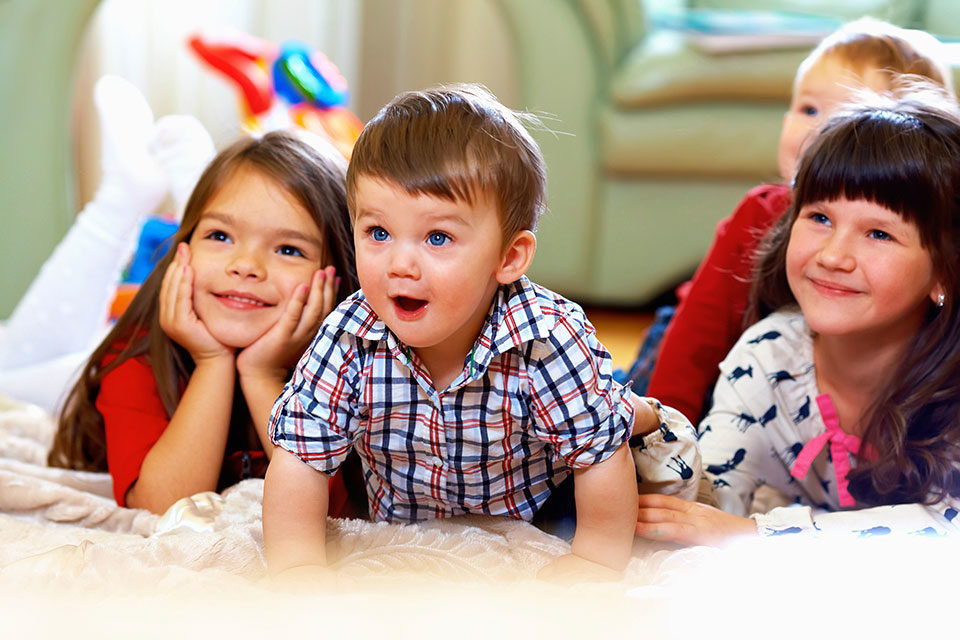
PODGORICA, 29.07.2019. – Content for children in the program of Montenegrin television broadcasters, nor by quantity nor by diversity, can not meet the growing needs of the youngest population which, due to the lack of content, is turning to foreign television channels and online content. This is stated in the Information on television program contents intended for children, published by the Agency for Electronic Media (AEM).
From the AEM say that during one week on the program of 14 television broadcasters in Montenegro, they broadcaster 3.37 percent of the children’s program in relation to the total broadcaster content.
“Of the total number of programs broadcaster for children, the largest percentage, 65 percent, make cartoons. The participation of more than 10 percent is seen only in the category of ‘collage programs’, which includes programs dealing with several areas of interest of the youngest population”, the document says, noting that in collage programs children are often in the role of the presenter or “journalist” and prepare TV reports on various topics.
Except that programs intended for children are mostly broadcaster in weekend blocks of couple of hours and a limited number of them being available during the working week, the Agency states that new content is lacking, while a significant amount of program is being reprised.
The largest number of shows with the participation of children and a slightly diverse content are, as they add in report, offered in programs of public broadcasters, while from three commercial broadcasters with national coverage one does not have this type of program, and one has “only one content for children”. In this way, the diversity of the program is limited by content, but also by adjustment to different ages.
“Improving programs for children that are broadcaster on Montenegrin television programs should go towards the production of a more contemporary, more interactive and participatory content. Production of this content should be supported from available funds for supporting media”, said the Agency.
Regulatory analysis showed that most broadcast programs lack interactive character, limit stimulative thinking or participation of the viewer in topics.
“In addition to the linear character of broadcasting, lack of interactivity and communication of TV content with children, and outdated production content that competes with content on specialized children’s channels that are rich in graphics and audiovisual effects, may be one of the reasons that content on the home television channels is losing importance to the youngest audience”, the document says.
Nevertheless, the Agency for Electronic Media is concerned about the fact that the television content for children is lacking inclusiveness. So in these programs, children with disabilities do not participate as well as children from marginalized groups. Also, they discover that in collage programs, which are based on the participation of children in the program, children with disabilities are not shown, as well as children belonging to different ethnic and national minorities, children from socially vulnerable families, from villages…
“This picture differs significantly from the effort to expand the children’s environment, at school and other educational institutions, and works to create an inclusive environment in which the representatives of socially marginalized groups would not be discriminated”, Agency concludes.
In their opinion, all these problems, as well as the fact that there is lack of local production that would support local cultural and other values, lead to children “dominantly monitoring and receiving media messages from content which does not reflect social context in which children of Montenegro grow up”.